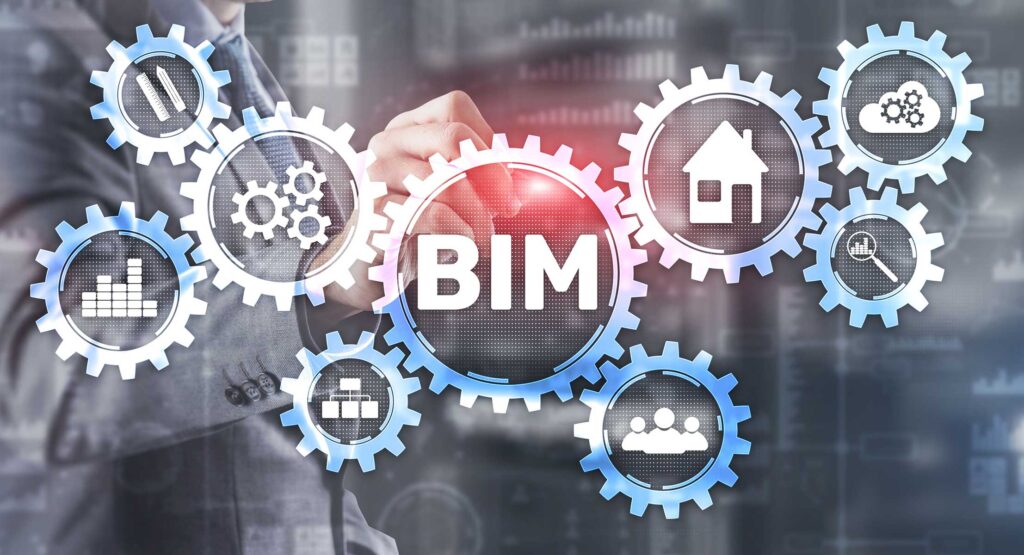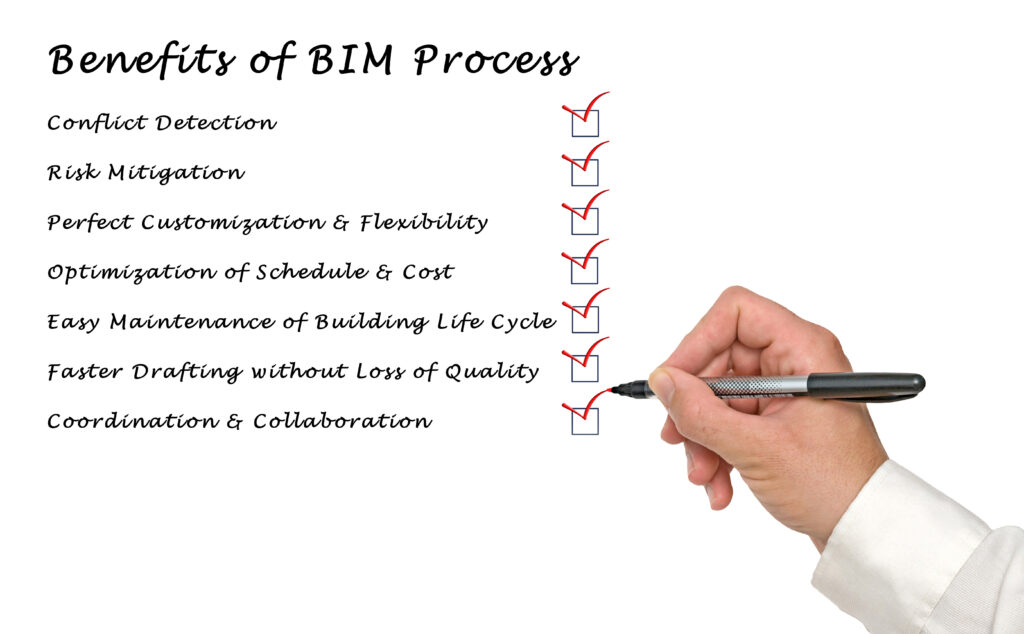14
Oct
2023
BIM Basics
BY Jason Matthews |

In this blog, we explore possibly the most “Googled” question relating to Building information modeling. What is BIM? BIM is a digital process for creating and managing data about a building or infrastructure project. BIM can improve communication and collaboration between project stakeholders, reduce errors and omissions, and save time and money.
BIM models can be used to visualize the project in detail, including the physical characteristics of the building, its systems and components, and its relationship to the surrounding environment. BIM models can also be used to track the project’s progress, identify potential problems, and make changes to the design before construction begins.
BIM is used by many professionals in the built environment sector, including architects, engineers, contractors, and owners. BIM is becoming increasingly important as the construction industry becomes more complex and demanding.
Benefits of BIM:
- Conflict Detection
- Risk Mitigation
- Perfect Customization and Flexibility
- Optimization of Schedule and Cost
- Easy Maintenance of Building Life Cycle
- Faster Drafting without Loss of Quality
- Coordination and Collaboration

Types of BIM:
- 3D BIM: This is the most common type of BIM, and it uses 3D models to represent the building or infrastructure project.
- 4D BIM: This type adds a time dimension to the 3D model so that project managers can track the project’s progress and identify potential problems.
- 5D BIM: This type adds a cost dimension to the 4D model so that project managers can track the project’s cost and ensure it stays on budget.
- 6D BIM: This type adds a sustainability dimension to the 5D model so project managers can design and build sustainable buildings and infrastructure.
How to get started with BIM:
- Choose the right BIM software for your needs. A variety of BIM software programs are available, so it’s important to choose one that is right for your project and budget.
- Learn how to use the BIM software. Once you have chosen a BIM software program, you must learn how to use it. Many resources are available online and in libraries to help you learn BIM.
- Start small. Don’t try to BIM your entire project at once. Start with a small part of the project, such as a single room or floor, and learn how to use BIM effectively.
- Get training. There are many training courses available that can teach you how to use BIM. Getting training can help you learn BIM more quickly and effectively.
- Collaborate with others. BIM is a collaborative process, so it’s important to collaborate with other project stakeholders using BIM.
Conclusion
BIM is a powerful tool that can improve the efficiency and effectiveness of construction projects. If you still need to start using BIM, I encourage you to learn more about it and consider using it on your next project.
We have an entire page dedicated to the topic of BIM and how BIMWERX views the subject.
Each week, we will be populating our YouTube channel based on reader feedback, Google searches, and recurring topics we see on various websites. Check us out at: https://www.youtube.com/@bimwerxFL
